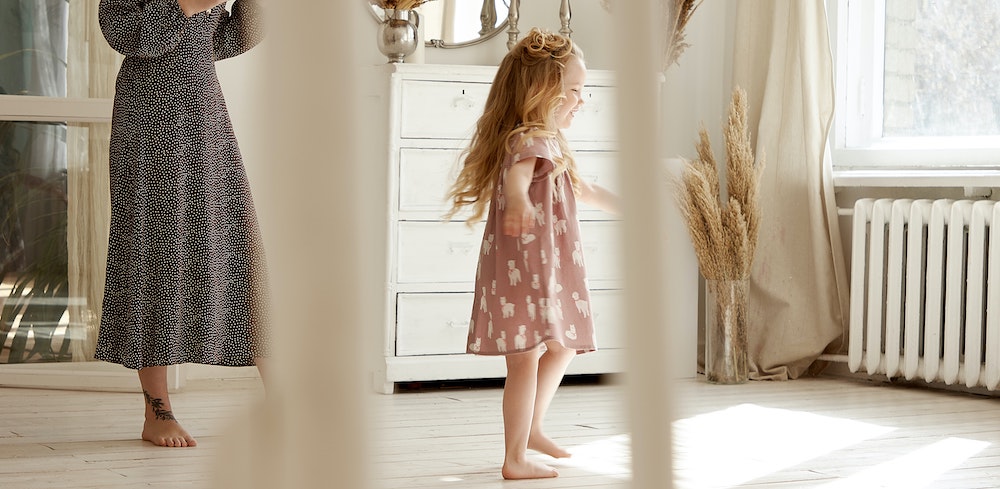A restraining order, also referred to as a no-contact order, is a common legal enforcement mechanism in the US. Usually, divorcing people initiate restraining orders when one partner has been violent toward the other or when there are concerns about the safety of children. In other words, taking out this family court order on the other party is an effective way to help survivors of domestic violence remove themselves and their children from dangerous situations.
At the same time, this kind of protective order can have significant long-term effects on child custody and visitation arrangements. The parent may have little or no right to contact their children during the order period. However, if the defendant isn’t accused of abusing their kids, they may still be allowed to contact them through means of communication approved by the court—for example, some form of supervised visitation in a neutral location.
Even though co-parenting with a restraining order can be a difficult challenge, there are ways to continue a qualitative parent-child relationship during this period. Let’s look at the main ways to co-parent children under these circumstances.
Follow The Terms Of The Restraining Order
Whether a person has a temporary restraining order or a full restraining order enforced against them, its terms must be followed. Considering that a family court judge typically considers your compliance when making child custody decisions, your ability to follow the order plays an essential role in co-parenting.
If your spouse proves that you did not stick to the court’s restraining order, they can use this evidence against you in a potential child custody trial. In turn, the judge will likely place severe restrictions on your visitation rights and parenting time. Moreover, if you keep violating the order’s terms, it can result in criminal consequences, including jail time.
Do Not Violate Your Custody Arrangements
Despite the state of your legal residency, local court judges will make custody decisions in a child’s best interests. The type of custody arrangement suitable for your co-parenting case will depend on a combination of several factors, such as:
- the physical and mental health of the child,
- the stability of the child in a home setting,
- and whether there has been any history of domestic violence or child abuse by any parent
Once the judge reviews your child custody case and decides on an enforceable child custody agreement, both parents will have to comply with this verdict.
When it comes to domestic violence cases, a judge might suspend your visits with children or prohibit visitation completely. In this instance, it would be better to complete a counseling or parenting class and wait until the restraining order is lifted before getting in contact with a child. On the one hand, it will improve your image as a responsible parent in court. On the other hand, your child will learn to deal with complicated situations by observing your behavior.
Maintain Appropriate Ways of Communication With Your Partner
When co-parenting with a restrained party, communication becomes one of the biggest challenges partners face. A restraining order usually prohibits spouses from any verbal contact or allows communication about the children only. Violation of this requirement can result in significant criminal repercussions.
Thus, if you need to interact with your co-parent, it is best to do it by hiring an experienced lawyer. The representative of law will ensure that your legal rights are protected, and your ability to parent in the future is not impeded.
If you are still allowed to maintain some kind of communication with the other parent, consider the recommendations listed below:
- Utilize a simple notebook to share information on child-related matters with the other parent. For instance, if you’ve spent a week with a child, mention details related to their school grades, discipline issues, health, and social events in the notebook.
- If your restraining order permits online communication regarding the children, use services that monitor email information and remove any offensive language violating the PFA order (Protection from Abuse Order). In this way, you can prevent further abuse and improve the overall quality of co-parenting.
- If the judge allows a third person to monitor disputes and provide solutions for your child custody case, use this option. This form of communication is a perfect way to make important child support decisions by avoiding personal contact.
Keep Your Child Safe
No child should witness or experience abuse from any family member, so it is important to include them in restraining orders if you think the other parent might harm them. Besides, it is recommended to create a safety plan for your child to make sure they always have someone to talk to if they feel scared or worried about their safety.
Most children refuse to talk to one parent about the other parent, as they don’t want their mother and father to fight even more. Therefore, your child should be aware that they can always get in touch with a teacher, school counselor, grandparent, or a family friend if needed. Also, a well-developed safety plan should cover things such as emergency telephone numbers, a list of safe places, and go-to coping strategies.
A Final Thought
Co-parenting a child with the other parent when there are restraining orders is not easy. These orders affect all parties, including the alleged abuser, the survivor, and especially their children. But it is possible to raise a mentally stable and happy person if you consider the tips outlined above. These recommendations can significantly help you save positive parent-child relationships and ensure each party’s needs are met.





